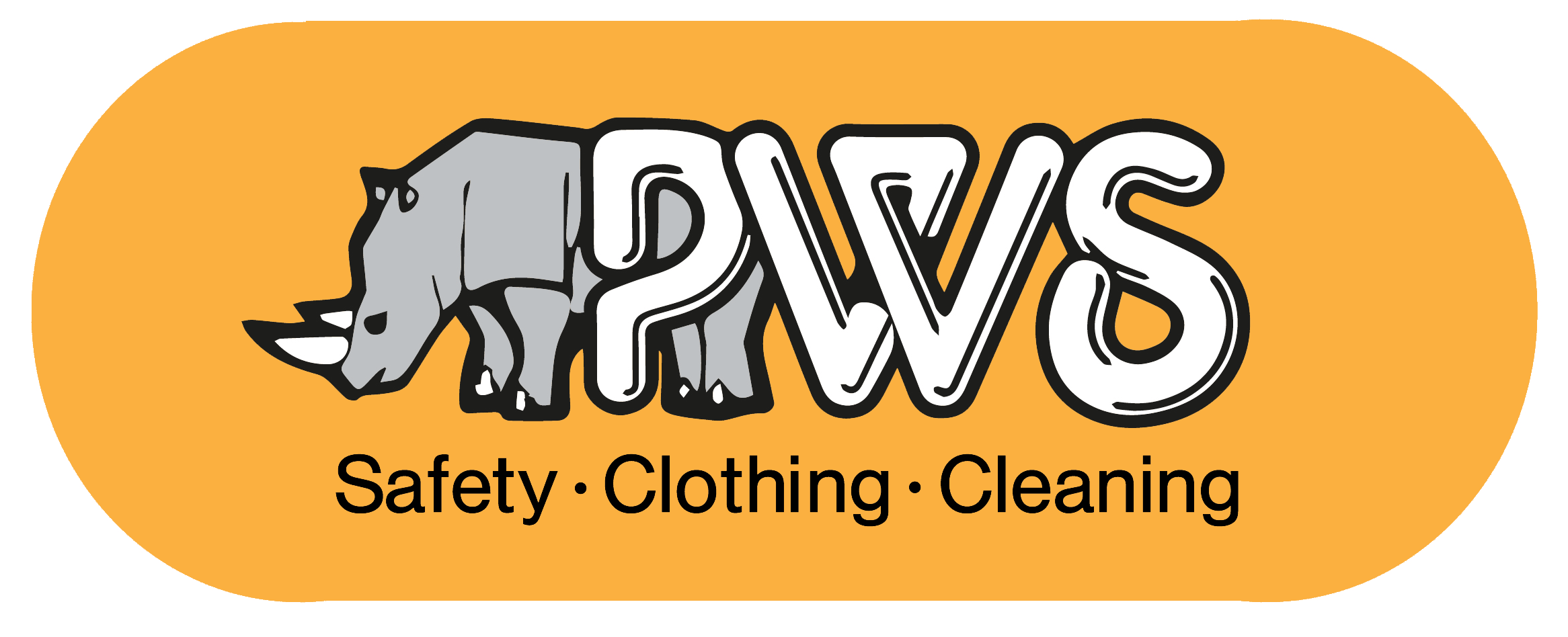Published August 2022
In April 2022 the Personal Protective Equipment at Work Regulations 2022 (PPER 2022) came into force, they amend the 1992 Regulations (PPER 1992). They extend employers’ and employees’ duties regarding personal protective equipment (PPE) to limb (b) workers.
What Has Changed?
The types of duties and responsibilities on employers and employees under PPER 1992 remain unchanged but are extended to limb (b) workers. If PPE is required, employers must ensure their workers have sufficient information, instruction and training on the use of PPE. A limb (b) worker now has a duty to use the PPE in accordance with their training and instruction, and ensure it is returned to the storage area provided by their employer.
What is a Limb (b) Worker?
Limb (a) describes those with a contract of employment. This group are employees under the Health and Safety at Work etc Act 1974 and are already covered within the scope of PPER 1992.
Limb (b) describes workers who generally have a more casual employment relationship and work under a contract for service – they do not come under the scope of PPER 1992.
Limb (b) workers are defined as people who:
- carry out casual or irregular work for one or more organisations
- after 1 month of continuous service, receive holiday pay but not other employment rights such as the minimum period of statutory notice
- only carry out work if they choose to
- have a contract or other arrangement to do work or services personally for a reward and only have a limited right to send someone else to do the work, for example swapping shifts with someone on a pre-approved list
- are not in business for themselves
I’m in charge of PPE procurement, how does this affect me?
This new legislation puts a duty on every employer in Great Britain to ensure that suitable PPE is provided to ‘employees’ who may be exposed to a risk to their health or safety while at work.
If you are in charge of PPE procurement in your organisation, you need to carefully consider whether the changes to UK law apply to you and your workforce and make the necessary preparations to comply.
If a risk assessment indicates that a limb (b) worker requires PPE to carry out their work activities, the employer must carry out a PPE suitability assessment and provide the PPE free of charge as they do for employees.
The employer is responsible for the maintenance, storage and replacement of any PPE they provide.
You need to ensure that there is no difference in the way PPE is provided to your workers, assess the risk and ensure suitable PPE is provided, when needed, to all people that fall under the definition of worker. The PPE provided must be compatible, maintained and correctly stored.
You need to ensure that your workers (now including limb (b)) are provided with PPE free of charge, where required. You also need to provide training and instruction in its use to all your workers. You cannot charge workers for PPE they require to carry out their work.
For more information on this update, visit the HSE’s page with more details here.

